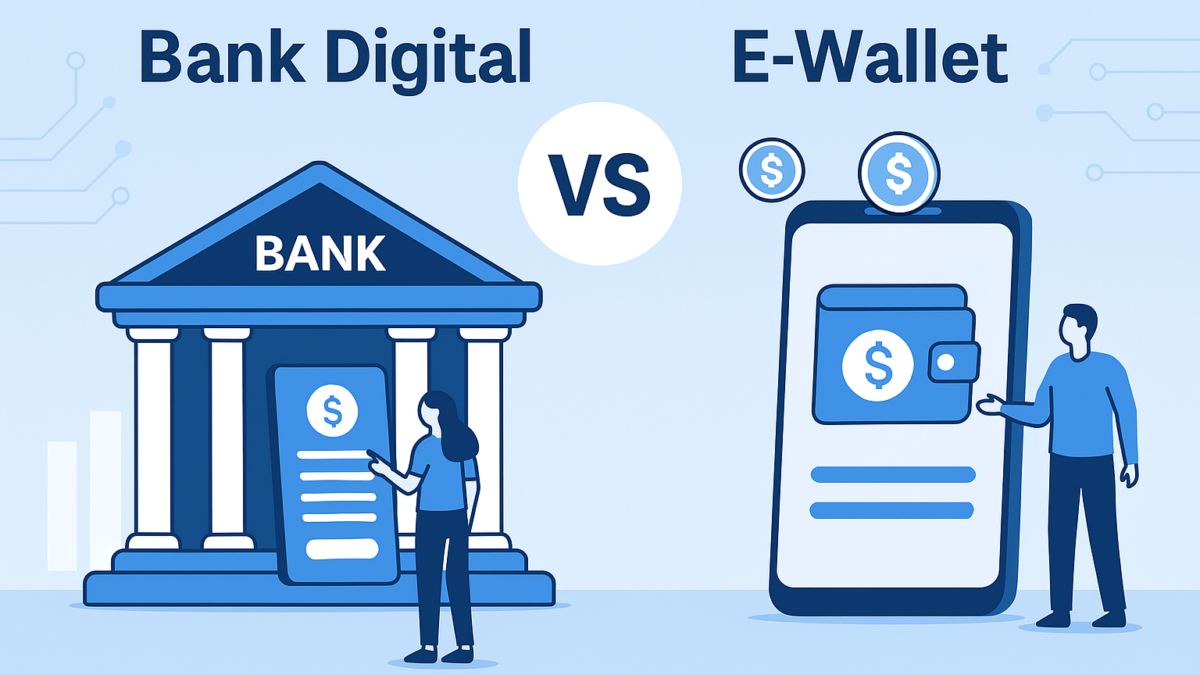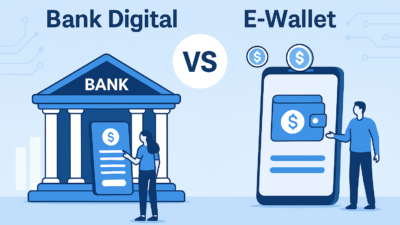
In Asia, where the fintech revolution is thriving, super apps have emerged as transformative platforms that integrate multiple services into a single ecosystem. These apps, often referred to as “all-in-one” solutions, combine payments, shopping, transportation, banking, and more, creating a seamless digital experience for users. Super apps are reshaping how people interact with financial services in Asia, making them an essential pillar of the region’s financial ecosystem.
This article explores the rise of super apps in Asia, real-world examples of their impact, and their role in driving financial inclusion and innovation.
What Are Super Apps?
A super app is a mobile application that offers a wide range of services across different domains, eliminating the need for users to download multiple apps. These platforms are designed to keep users within a single ecosystem by integrating features such as:
- Digital payments
- Food delivery
- E-commerce
- Ride-hailing
- Microloans and insurance
- Investment tools
Key Super Apps in Asia and Their Impact
1. WeChat (China)
WeChat started as a messaging app but has evolved into one of the most powerful super apps in the world. With over 1.2 billion users, it integrates payments, social networking, e-commerce, and financial services.
- Financial Features:
- WeChat Pay allows users to make in-store and online payments, transfer money, and pay bills seamlessly.
- Investment tools like wealth management products are available directly within the app.
- Impact:
- WeChat has redefined the consumer experience in China, making cashless transactions the norm.
- It has bridged the gap between rural and urban areas by enabling financial services in regions where traditional banking infrastructure is limited.
2. Grab (Southeast Asia)
Grab began as a ride-hailing platform but has grown into a super app that dominates Southeast Asia. Operating in countries like Indonesia, Singapore, and Malaysia, Grab offers a range of financial services.
- Financial Features:
- GrabPay for digital transactions.
- GrabFinance provides microloans to small businesses and individuals.
- Insurance products tailored to the needs of gig workers.
- Impact:
- Grab has enhanced financial inclusion by offering accessible microloans and insurance to underserved populations.
- Its integration with local businesses has supported economic growth in the region.
3. Gojek (Indonesia)
Gojek is another Southeast Asian super app with a strong presence in Indonesia. Initially a ride-hailing app, Gojek has expanded to include food delivery, e-commerce, and financial services.
- Financial Features:
- GoPay, its digital wallet, supports seamless transactions across its ecosystem.
- GoInvestasi enables users to invest in gold and other financial products.
- Partnerships with banks provide access to loans and credit lines.
- Impact:
- Gojek has made digital payments widely accessible, even in rural areas.
- It has empowered small businesses by integrating them into its digital ecosystem.
4. Alipay (China)
Alipay, developed by Ant Group, is a cornerstone of China’s digital finance ecosystem. With over 1 billion users, it offers an extensive range of financial and non-financial services.
- Financial Features:
- Alipay’s digital wallet supports transactions, savings, and investments.
- Users can access microloans, insurance, and wealth management tools.
- Impact:
- Alipay has driven financial inclusion by serving unbanked and underbanked populations.
- Its ecosystem supports small businesses, enabling them to accept digital payments and access credit.
How Super Apps Are Shaping Asia’s Financial Ecosystem
1. Driving Financial Inclusion
Super apps have expanded financial access to millions who were previously excluded from traditional banking systems. By leveraging mobile technology, these platforms provide services like digital wallets, microloans, and savings accounts to underserved populations.
- Case Study: Grab’s microloan services have enabled small businesses in Southeast Asia to expand operations and improve livelihoods.
2. Seamless Integration of Financial Services
Super apps eliminate the need for multiple apps by integrating various financial services into one platform. This convenience enhances user experience and drives higher engagement.
- Example: WeChat users can seamlessly switch from chatting with friends to paying bills or investing in wealth products within the same app.
3. Supporting Small Businesses
By integrating small merchants into their ecosystems, super apps enable them to accept digital payments, access microloans, and reach a broader customer base.
- Case Study: Gojek’s GoPay has become a lifeline for small vendors in Indonesia, helping them transition to digital transactions.
4. Encouraging Cashless Economies
Super apps are instrumental in driving cashless transactions, reducing reliance on physical currency, and promoting transparency in financial systems.
- Example: Alipay’s widespread adoption has made cashless payments ubiquitous in urban and rural China.
Challenges Facing Super Apps
While super apps offer immense potential, they also face several challenges:
1. Regulatory Hurdles
Governments across Asia are introducing stricter regulations to address concerns around data privacy, competition, and monopolistic behavior.
- Example: China’s regulatory crackdown on Ant Group has forced Alipay to restructure its business model.
2. Data Privacy and Security
The centralization of services and user data raises concerns about data breaches and misuse.
3. Competition Among Super Apps
As more players enter the market, competition for users and merchants is intensifying, leading to high customer acquisition costs.
The Future of Super Apps in Asia
1. Expansion Into New Markets
Super apps are looking to expand beyond their home markets, leveraging their proven business models to enter new regions.
- Example: Grab is exploring opportunities in the Middle East and Latin America.
2. Integration with Emerging Technologies
The integration of AI, blockchain, and IoT will enhance the functionality of super apps, enabling smarter financial solutions and personalized user experiences.
3. Deeper Financial Ecosystems
Super apps will continue to build comprehensive ecosystems, offering services like investment management, insurance, and even health care, further embedding themselves in users’ daily lives.
Conclusion
Super apps are at the forefront of Asia’s fintech revolution, redefining how people interact with financial services. By integrating a wide range of offerings into a single platform, they are driving financial inclusion, supporting small businesses, and promoting cashless economies. However, navigating regulatory landscapes and addressing data privacy concerns will be critical for their sustained success.
As these apps evolve, their impact on Asia’s financial ecosystem will only deepen, offering a glimpse into the future of integrated digital services. For users and businesses alike, super apps represent both an opportunity and a challenge to adapt to a rapidly changing financial landscape.















